5 Fantastic First Project Cars
When it comes to a project car, it’s best to dive into one that truly lights a flame inside you. A project car is almost always mentally, physically, and financially draining at some point in your relationship with it. If you don’t care to stick it out through such hurdles, frustration might block you from ever returning to the project again.
So, where to begin? The list of needy cars for sale from the world’s garages, carports, driveways, and open fields can seem overwhelming. It can be easy to dream big. Of course, hell-on-wheels traps exist; certain cars are difficult to source parts for, offer minimal community and owner support, or are just plain prone to breaking.
Some cars, on the flip side, offer a stronger foundation for novices. Today we’ll be donning the role of Car Matchmaker. Whether you’re new to the hobby or a veteran, smoother-sailing and joy-to-own DIY classics are out there— here are five vehicles we think might be right for you:
Little British Cars
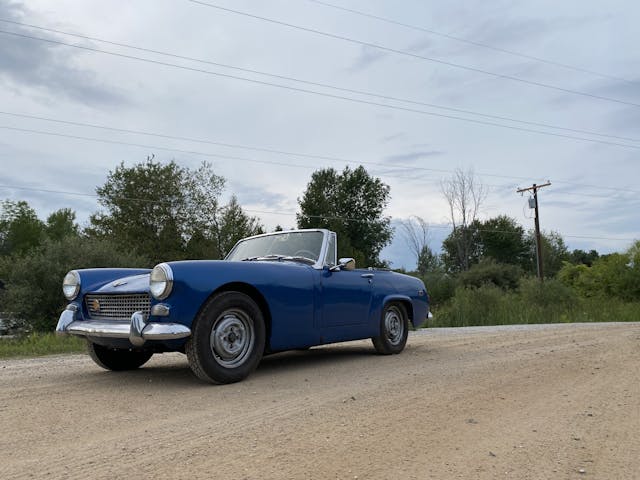
A cheap British sports car can offer plenty of, uh, opportunities to bond with the mechanically inclined owner. The nice thing is that there were tens of millions of Austin-Healeys, Triumphs, and MGs produced during the 1960s and ’70s that share much in terms of maintenance parts and techniques. The cars are relatively affordable, and thus, so are the parts. The biggest boon: support and knowledge provided by other enthusiasts. British car clubs are often large and helpful—perfect for a newbie to the genre.
Volkswagen Beetle
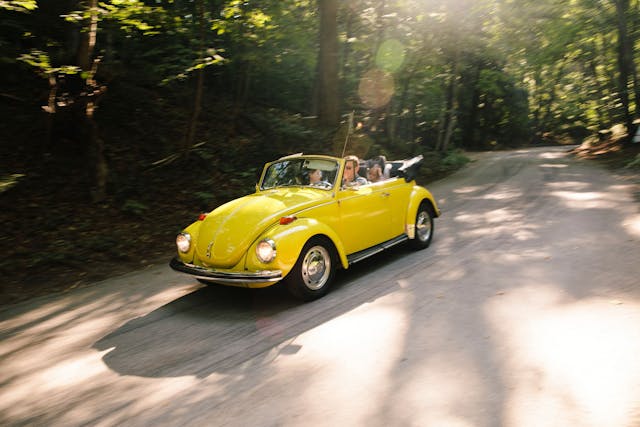
The Beetle dethroned the Model T for the outright model sales record, eventually going on to account for over 21 million sales. There is safety in numbers, which often correlates with good parts support and pricing. The aftermarket support for Bugs is downright impressive, even compared with other mainstream vintage cars like Mustangs or Chevelles. Beetle owners will get familiar with regular maintenance like oil changes and valve adjustments, but the fundamental build and design are sturdy; if you do the job right the first time, you likely won’t have to do it again unexpectedly.
Ford Model A or T

You want to learn the basics? Then buy one of the most basic cars you can drive. Just stare at a Model T for more than a few minutes, and you’ll notice that none of the critical parts are hiding. Everything is pretty out in the open. Best of all, components were overbuilt by a factor or two in most areas. Model Ts—and As, for that matter—don’t require many power tools, which means they’re accessible and enjoyable to work on whether you’re a tool rookie or an experienced wrench. Fun to learn on and fun to drive? That’s a good project car.
Trucks of the 1970s and ’80
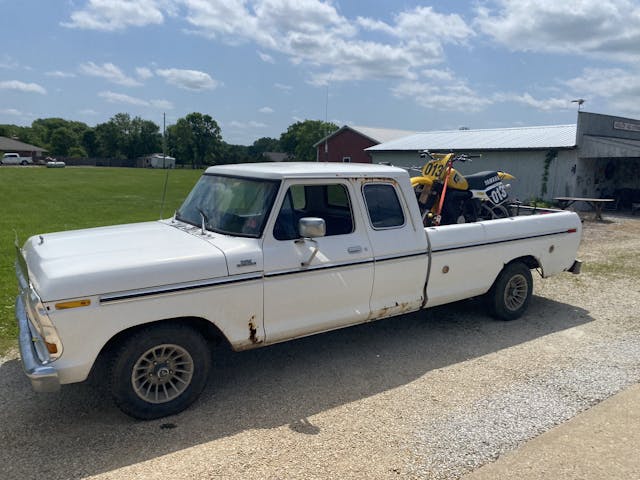
As simple as the aforementioned Fords are, their age comes with real-world usage limitations. If a utility is an aspect you value in a finished project car, vintage pickups from the 1970s and ’80s are a great place to look. These are rugged, tough hunks of metal that enjoy fairly high tolerance for deferred maintenance. If you are willing to buck up and take on the challenge of catching up on all the stuff the last owner neglected, the juice can be worth the squeeze. Fruits of your labor will include functional overdrive transmissions, disc brakes, and decent power, all baked into solid packages with relatively simple powertrains and chassis. Being trucks, they also have beds for work—or pleasure hauling. For those without a utility-focused daily driver, that’s a nice bonus when trying to justify how a collector car fits into your lifestyle.
Anything you don’t expect to daily drive
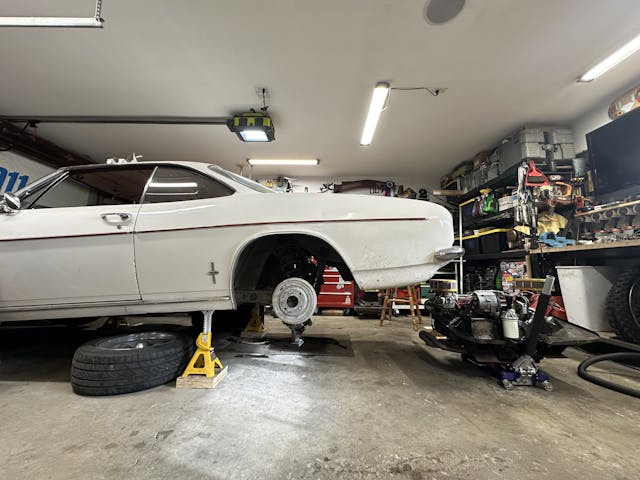
In reality, just about anything that makes you look forward to dirty hands and busted knuckles is the right project car. Expectations, however, are important; old, semi-working cars tend to behave like old, semi-working cars—they can break down and sit out of commission for extended periods. Take it from me: Spending Sunday evening underneath your car is a lot more relaxing when you don’t need the thing to get to work the next morning.
*
The whole project car process, even if it requires a long timeline, can be as rewarding as the end result. The thrill of parts finding is sometimes more thrilling than installing or even using said parts; whether buying something that requires lots of networking and parts hunting might be perfect for you, as long as you go down that road with both eyes open. Tougher endeavors in that vein hone project-car skills, but the learning curve is often steep and time-consuming. Patience is essential, so if you want more immediate gratification, relative oddball stuff like Wankel-powered NSUs or Nash Metropolitans may not be the ideal place to get your feet wet.
Find a car you think you’ll love, and the learning, fixing, and driving it all become part of the adventure. Get some experiencce under your belt and before you know it, you’ll have more than one project in the pipeline—don’t say we didn’t warn you!
***
Check out the Hagerty Media homepage so you don’t miss a single story, or better yet, bookmark it. To get our best stories delivered right to your inbox, subscribe to our newsletters.
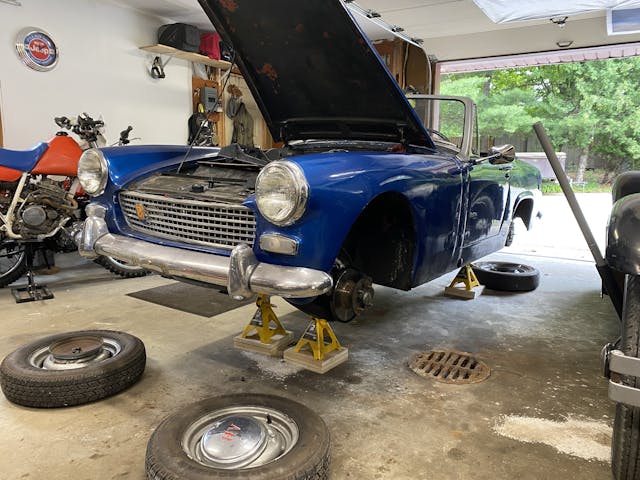


Best topic, comments I have seen in a long time. Had a AH Bugeye for 29 years, put 20,000 miles on it. Drove it home after purchase. I was lucky, loved driving it. Simple design, electricals. Parts easy to get, clubs, forums, mechanics for advice, info, repairs I did not trust myself. They were few. Very close to original, not chopped up. Again, I was lucky. Only car I have ever owned for just fun.
I have 3 of the 5 on your list (along with 4 other collector vehicles) and couldn’t agree more with your choices. My 1928 Model A Fordor Leatherback, 1959 VW Singlecab, and 1960 Bugeye Sprite all offer many, many, miles of smiles while being reliable (over 20,000 miles in the Model A with just one local tow), economical (the VW at 20 mpg is the worst), easy to work on, and parts for all three are exceptionally easy to get.
Personally I would look at a car that 1 has a great deal of aftermarket parts available. 2 will at least run without smoking or knocking. Many older cars seem to have been molested with hacked wiring in the engine compartment or hanging out from under the dash which is always concerning. Be sure to inspect the floor pans and frame rails if a full frame car. You might be buying one that I would call “lipstick on a pig” Looks good on the outside but is very sketchy when you dive into it.
I’m currently working on a 73 Super Beetle that I inherited from my late uncle that he bought in 74. And 1 main reason I picked that car was parts availability, simplicity, and fun little conversation piece. Some cars you have to pay attention to if it was a 1 year only production model which greatly limits parts availability. I always liked the unique stuff like that you didn’t see that often at car shows and swap meets, like AMX’s, mid 60’s Barracuda’s, Firebirds, Starfires, and F85s. Happy hunting
The main issue is that the person has to be committed to the vehicle and the requirements that come with any type of maintenance and repair yet alone restoration.
It is easy to send something out to have someone else do the job but there is no pride in doing this.
If you know of someone that wants to do a restoration on their own and can offer help in any way “do it”! This is a great hobby for everyone! I even had my wife involved with grinding, sanding, prepping and painting. She and my son helped to pull motors and transmissions! They got involved and learned!
I guess everything depends on what skills you have & Money—(& of course workspace) – for those of us who arn’t very talented with wrenches & don’t have great work spaces (& more limited budgets- a running driving semi classic ( 4 doors/wagons/maby an early 80s that can be used with little time or money invested right away) is an affordable way to start– Too large a project can get you discouraged mighty fast-Baby steps without losing a lot of money-
There’s no reason to limit air-cooled VWs to Beetles. Buses are going for stupid money, but the rest are obtainable. When I decided to get back into them, I looked for and got a Type, because I wanted something different. What I got was a ‘66 Fastback – more modern, sportier, bigger, with more interior room, 2 trunks, front discs, better handling and more power. Don’t sleep on the Fasty, Notchback or Squareback wagon.
*Type 3
make sure you have plenty of time and money ,,what you think it’s going to cost and what’s it’s really going to cost can be totally different…also found when I had time,, had no money ,, when I had money (working a lot) didn’t have much time..
Don’t agree on little British cars as a first project. They are finicky and require a whole different mind set to work on them. The multiple carbs, knock off wheels, potential electrical issues and tight spaces will be a challenge for a novice